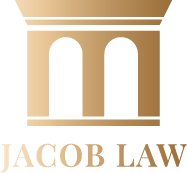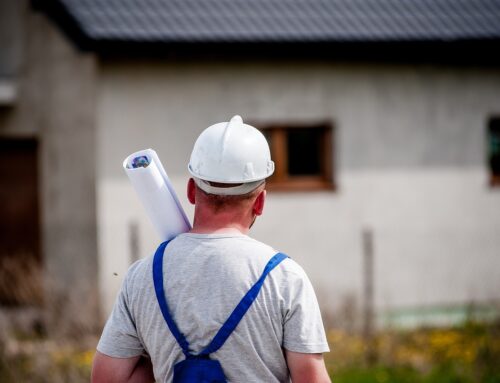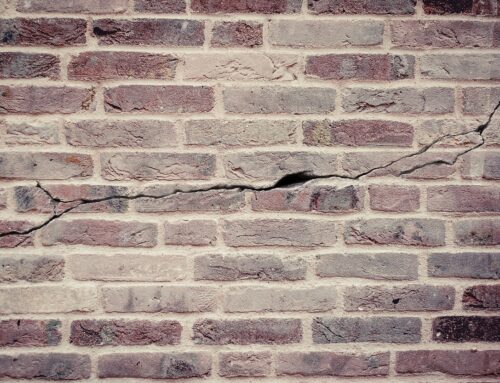Introduction
In the quest to create vibrant cities and towns with a focus on quality of life, the Irish government has launched the Vacant Property Refurbishment Grant as part of its Housing for All plan. This initiative aims to address the issue of vacant properties, breathing new life into communities and providing much-needed accommodation. Under the Croí Cónaithe Towns Fund, two schemes are being implemented by local authorities: the Vacant Property Refurbishment Grant and the Ready to Build Scheme. In this article, we will explore the Vacant Property Refurbishment Grant in detail and how it can benefit property owners and renters alike.
What is the Vacant Property Refurbishment Grant?
The Vacant Property Refurbishment Grant is a financial assistance program launched on July 14, 2022. Its primary objective is to support individuals who wish to transform vacant houses or buildings into their principal private residence. Initially, the grant only covered vacant properties in towns and villages, but it was expanded in November 2022 to include eligible properties in cities, towns, villages, and rural areas. Starting from May 1, 2023, the grant is further expanded to include properties that will be made available for rent, in addition to those used as a principal private residence.
Eligibility and Grants Levels
To be eligible for the Vacant Property Refurbishment Grant, the property must have been vacant for at least two years prior to the grant approval. Proof of vacancy is required, which can be substantiated through utility bills or other supporting documents. Additionally, the property must have been built up to and including 2007.
The grant levels for the Vacant Property Refurbishment Grant vary depending on the type of property and the intended use. From May 1, 2023, a maximum grant of up to €50,000 is available for the refurbishment of vacant properties for occupation as a principal private residence. This includes the conversion of properties that have not been used as residential before, subject to appropriate planning permission. If the refurbishment costs are expected to exceed the standard grant, a top-up grant of up to €20,000 may be available for derelict properties or properties already on the local authority’s Derelict Sites Register, bringing the total grant amount to a maximum of €70,000.
For properties that will be made available for rent, a separate grant is available. However, only one grant will be payable for a property being made available for rent. The grant amount is contingent on the approved works and is paid upon completion of the works, based on vouched expenditure and a final inspection by the local authority.
Types of Work Covered
The Vacant Property Refurbishment Grant covers a wide range of works necessary to refurbish a property. These works are categorized into different categories, each with its own maximum grant cap. The categories of works eligible for grant assistance include:
- Demolitions, strip-out, and site clearance.
- Substructure works, including foundations, rising walls, and damp-proofing.
- Superstructure works, such as internal/external walls, chimneys, and roof structures.
- Completions, including external doors/windows, internal doors, and associated frames.
- Finishes, covering external/internal walls, ceilings, tiling/waterproof finishes, and roof finishes.
- Services, such as plumbing, heating, ventilation, power, lighting, and smoke/CO2 detection.
- Fittings, including kitchen units and sanitary/bathroom fittings.
- External works, encompassing necessary external/site works within the property’s curtilage.
- Extensions (within exempt development or as part of a planning application).
- Professional services associated with the works, such as fees and surveys.
Each category has a maximum cap on specific elements, which may vary depending on the type of property and the local authority’s reasonable cost assessment. It is important to note that demolition and extension works must be part of a wider refurbishment of the existing dwelling to be eligible for the grant.
How Does the Scheme Work?
The operation of the Vacant Property Refurbishment Grant is delegated to local authorities, who administer the scheme. The process for assessment and approval of the grant involves several steps:
- Application Submission: Interested individuals or households must complete the application form, providing all the necessary information and supporting documents, including proof of ownership, proof of vacancy, and evidence of planning permission (if applicable).
- Application Review: The local authority will review the application to ensure it is complete and meets the eligibility criteria. They may also conduct a site visit to assess the proposed works and projected costs.
- Grant Approval: If the application is successful, the local authority will issue a letter of approval, indicating the approved grant amount. The approval is valid for 13 months.
- Completion of Works: Once the grant approval is received, the property owner must complete the approved works within 13 months. Evidence of completion, such as detailed invoices, will be required.
- Final Inspection and Grant Payment: The local authority will conduct a final inspection to ensure the works have been completed as approved. Upon satisfactory inspection, the grant will be paid to the property owner.
Conditions and Clawback Provisions
To receive the Vacant Property Refurbishment Grant, applicants must comply with certain conditions and clawback provisions. These include:
- Maximum Number of Grants: Applicants may apply for a maximum of two grants under the scheme – one for a property intended as their principal private residence and one for a property to be made available for rent. Only one grant will be payable for a property intended for rent.
- Tax Compliance: Applicants must provide evidence of tax compliance, including tax clearance from Revenue and ensuring that Local Property Tax (LPT) is in order if applicable.
- Clawback Agreement: Applicants must agree to the clawback conditions, which require them to reside in or make the property available for rent for a minimum of five years from the date of the grant payment. If the property is sold, ceases to be the principal private residence, or is no longer available for rent within ten years from the grant payment, a portion of the grant must be reimbursed to the local authority.
- Proof of Tenancy Registration: For properties intended for rent, proof of registration with the Residential Tenancies Board (RTB) must be provided to the local authority before the grant is disbursed. Annual registration with the RTB for ten years following receipt of the grant is also required.
- Other Grant Aiding: Applicants must provide information on any other grant aiding of works applied for to ensure that the works have not been grant-aided through any other scheme.
In addition to the Vacant Property Refurbishment Grant, property owners may also be eligible for a Local Authority Home Loan (for principal private residences) or retrofit grants under the Better Energy Homes Scheme. However, the Vacant Property Refurbishment Grant cannot be used for works covered by the retrofit grants.
Transforming Communities, One Property at a Time
The Vacant Property Refurbishment Grant is a significant step towards addressing the issue of vacant properties and revitalizing communities across Ireland. By providing financial support for the refurbishment of vacant properties, the grant aims to increase the availability of quality accommodation and promote the efficient use of existing housing stock. Whether transforming a vacant property into a cozy home or making it available for rent, property owners can contribute to the vibrancy and livability of their communities. The Vacant Property Refurbishment Grant is a win-win solution that benefits property owners, renters, and the overall housing market in Ireland.
For more information about the Vacant Property Refurbishment Grant and how to apply, visit official government website.
Conclusion
The Vacant Property Refurbishment Grant is a vital tool in the government’s efforts to tackle vacancy and dereliction in Ireland. By providing financial assistance for refurbishment projects, the grant encourages property owners to bring vacant properties back into use, contributing to the vibrancy and livability of communities. With its expansion to include properties for rent, the grant offers even more opportunities to increase the availability of quality accommodation. If you own a vacant property, consider taking advantage of the Vacant Property Refurbishment Grant and be a part of transforming communities, one property at a time.






Leave A Comment